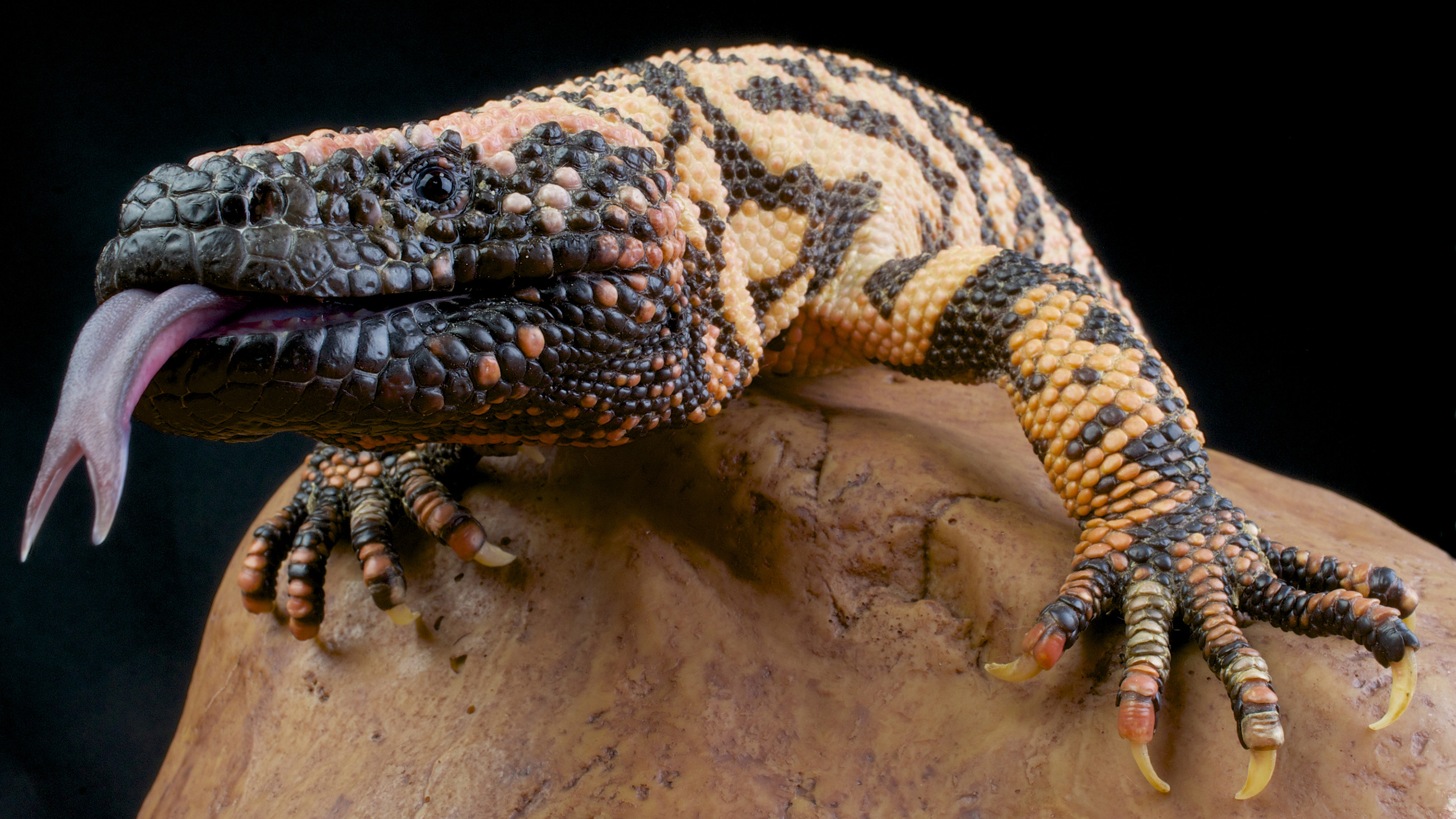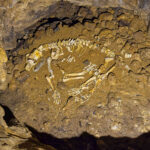Abstracts: Gila Monsters, Zika, Glaciers, and More
• A computational biologist raised more than $10,000 through crowdfunding to sequence the genome of the Gila monster, a species of venomous lizard. After a protein discovered in the animal’s saliva proved useful in managing Type 2 diabetes, the scientist hopes to discover more medical secrets in the Gila monster’s genes. (The Atlantic)

• Foods like chocolate and wine — which contain nitrates — have long been considered triggers for migraines. A new study has found that migraine sufferers have more nitrate-reducing bacteria in their mouths, suggesting that there is a link between the microbiome and the monster headaches. (Science Daily)
• Vice President Joe Biden released his policy recommendations to speed up cancer research over the next five years. One focal point was a call for researchers at different institutions to share their data. (Science)
• NASA’s Mission OMG (Oceans Melting Greenland) is sinking torpedo-shaped probes into Greenland’s fjords to figure out whether temperature changes in air or water are having a bigger effect on glacial ice melt. (Wired)
• Response rates to phone polls have dropped to 10 percent, calling into question the accuracy of polling data for the U.S. presidential election. (Nature)
• Dogs are being trained to chase down poachers in South Africa. Parachuting out of planes gives them
and their handlers a chance to catch the poachers unaware. (National Geographic)
• Genetic findings from 10,000-year-old skeletons near the Fertile Crescent, the birthplace of agriculture, have led to new theories about how farming began and spread through human cultures. (New York Times)
• Voters in the Florida Keys will decide whether the Mosquito Control District should release genetically modified mosquitoes whose offspring cannot survive. (Five Thirty Eight)
• Modern humans may have their ancestors’ interspecies affairs to blame for the prevalence of one sexually transmitted infection. According to a new study, early humans contracted a particularly carcinogenic form of genital warts (HPV) from sex with Neanderthals and Denisovans, other early hominins. (Ars Technica)
• And finally, astronomers have observed several powerful X-ray flares that rapidly get super-bright and then dim down within an hour. What are these mysterious space flares? No one knows. (New Scientist)
Update: The photo in this post has been changed. The previous photo showed a tegu, not a Gila monster.











Comments are automatically closed one year after article publication. Archived comments are below.
The lizard pictured here is a tegu, not a gila monster.
Thank you Don! The photo has been changed.